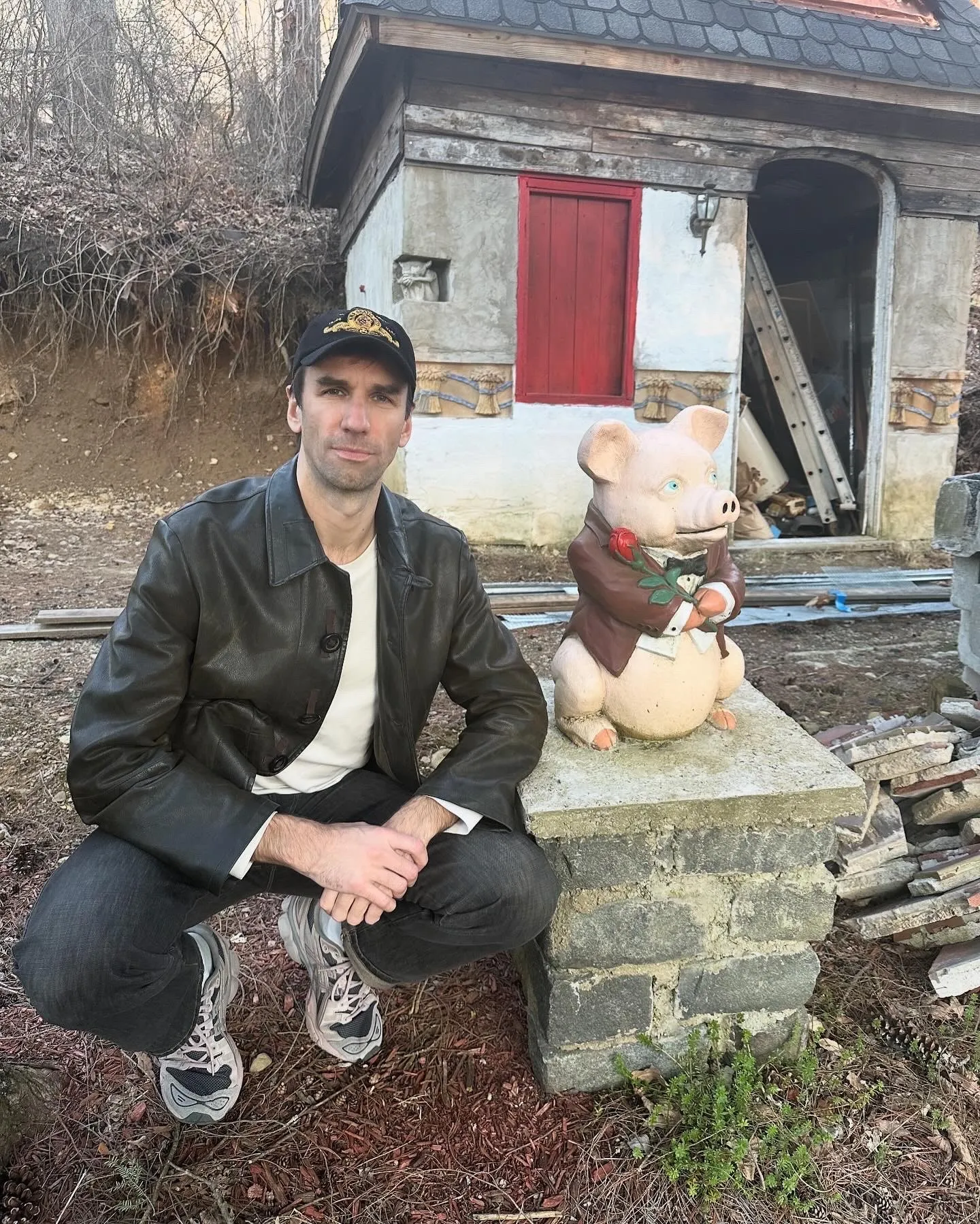New models help revive popularity of sledging

Christmas will have brought a brand new sledge under the tree in many Swiss homes. And now is the time that families will be heading to the mountains to try them out.
Sledging has become popular again in Switzerland over the past few years and there are a number of reasons to explain this, says sledge maker Erwin Dreier, whose company, Graf, produces up to 5,000 a year.
“Sledging took a back seat in the 1980s and 1990s but I find that it’s become very popular in recent years,” said Dreier, who owns the company based in Sulgen, northern Switzerland.
“It’s cheaper than taking the whole family skiing,” he told swissinfo.
Another reason why sledging has become trendy is the advent of new models that offer clear advantages over the more traditional versions, including improved safety, comfort and handling.
Graf has been making sledges since 1978 but was active long before that making carts, wheels, agricultural products, skis and ice hockey sticks.
Sledging now accounts for 90 per cent of the firm’s turnover, with the remainder taken up by the production of wood for the furniture industry.
Dreier is the first to admit that making sledges is no great art but a visit to the Graf workshop reveals that it’s not that easy either. There seem to be a number of tricks to the trade.
Bend it like… Graf
One of the skills that is mastered with pride in Sulgen is bending the wood using steam, a tradition that is not used much these days elsewhere.
The raw material is also an important factor when it comes to quality and the price of the sledge.
“We, for example, use ash, which is very elastic but tough… It’s the best. Some are made from beech, which is a cheaper alternative but it breaks more easily than ash,” Dreier explained.
“We have a very good ash quality here in canton Thurgau and the entire Lake Constance region.”
At a time when there are ecological concerns over wood, Dreier takes satisfaction in his company’s responsible use of the material.
Sustainable
He points out that the ash is sustainable, there are short transport distances, all the wood is Swiss and comes certified by the Forest Stewardship Council, a body that promotes environmentally appropriate, socially beneficial, and economically viable management of the world’s forests.
The company makes traditional sledges, including the celebrated Swiss Davoser and Grindelwalder versions, made from wood with iron runners, as well as up and coming sports and leisure models.
“The modern sledges are growing in popularity: they’re faster, more comfortable, easier to handle, safer to ride and you can have a lot more fun.
“They’re safer because you ride with the runners at an angle, it’s a geometrical construction, you can steer them with body movements and they don’t slide about so much on the ice,” Dreier pointed out.
Graf sledges come at the top end of the market, with some models costing twice the price of similar models sold in supermarkets and department stores.
Price difference
Dreier smiles at the price difference, arguing that anyone can spot the differences between one of his sledges and the cheaper competition.
“Ours last for generations with normal use. Looking at it economically, it’s a big disadvantage [for us] but that’s our sales argument – the good quality justifies the price.”
He is a little concerned that with global warming on the march, the zenith of sledge production has been reached. That’s why he and his staff are examining projects for other areas of business.
“They will certainly involve the special technique of bending wood with steam. We’d like to continue with this kind of know-how because it’s a technique that’s seldom used.”
Christmas sales are important for the company, which suffered a setback last year after the holidays because of a lack of snow.
“This year has been good because it snowed early,” Dreier said. “There’s enough snow in the mountains… but we’d still like to see a bit more snow in January.”
swissinfo, Robert Brookes in Sulgen
There are about 150 sledge runs in Switzerland, some illuminated so that winter sport enthusiasts can use them in the evening.
The most popular traditional wooden sledges in Switzerland are the Davoser and the Grindelwalder.
There is little difference between the two types but the Davoser has wooden slats on top of the sledge, while the Grindelwalder has slats that are fitted into cross-sections of wood.
Erwin Dreier bought the company in 2002. It now has eight employees, six making sledges and two producing furniture parts.
Apart from the traditional Davoser and Grindelwalder sledges, Graf makes models that have names such as Swiss racer, family flizzer, and the Z-series, a new generation of sport and leisure sledge versions.
Prices range from SFr193 to SFr539 ($167.3 – $467.3).
The wooden parts sold to furniture makers or carpenters include chair legs, table edges and handrails for stairs.

In compliance with the JTI standards
More: SWI swissinfo.ch certified by the Journalism Trust Initiative










You can find an overview of ongoing debates with our journalists here . Please join us!
If you want to start a conversation about a topic raised in this article or want to report factual errors, email us at english@swissinfo.ch.